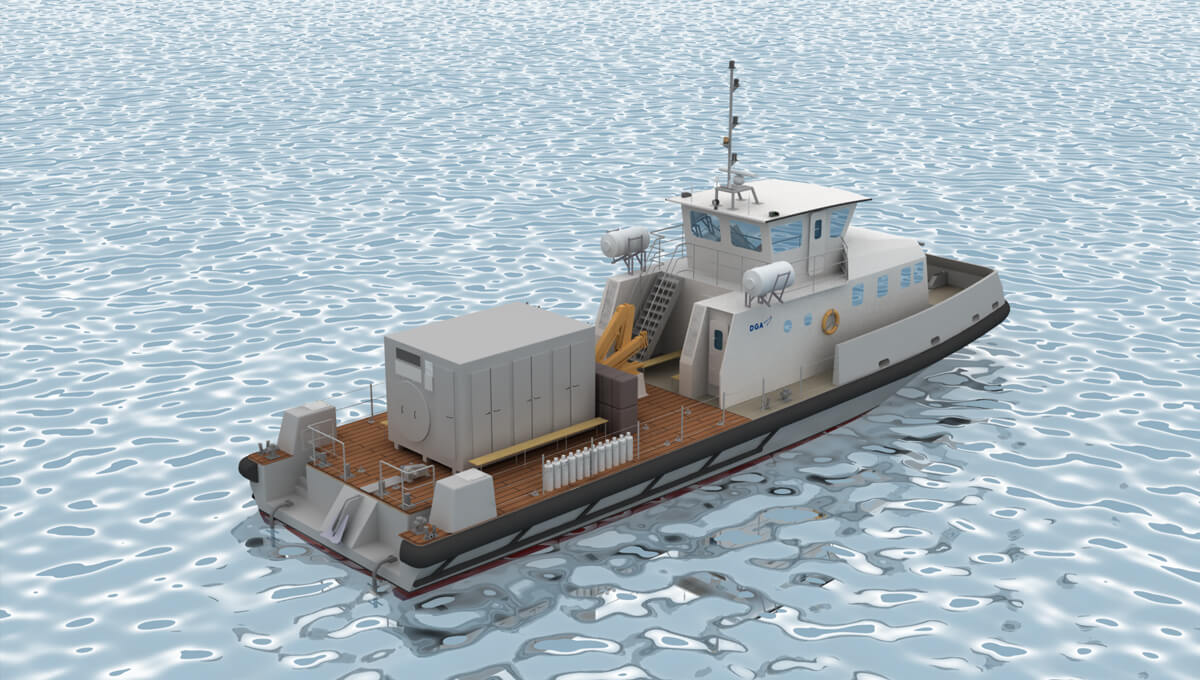
Car manufacturers are not alone in offering alternative solutions to fuel. Ships too are increasingly using hybrid or electric propulsion systems.
Oil prices may have dropped but experts expect them to rise, prompting manufacturers to equip their ships with alternative systems while at the same time meeting the need for more environmentally responsible solutions. Although maritime transport accounts for just 3% of CO2 emissions, this figure is set to jump to 17% by 2030.
The fleet of ships equipped with an electric propulsion system is growing by 12% every year.
Such alternatives include hybrid or electric propulsion systems, like those seen in the automotive sector in recent years. It’s a technology that is spreading in the shipbuilding industry. The fleet of ships equipped with a hybrid or electric propulsion system is growing by 12% every year.
Several systems exist, including series hybrid propulsion (diesel-electric), parallel hybrid (similar to the system that has been used in Japanese cars for many years) and all-electric. With all-electric drives, the electrical energy is stored in electrochemical and/or electrostatic form. These storage methods can also be combined with hybrid systems. There are three benefits, starting with energy savings.
“Hybrid electric propulsion is of interest to ships with diverse operating profiles. It’s those that use a large amount of energy that achieve significant savings by opting for these solutions,” explains Maurice Buttet, senior executive of Barillec Marine, a company that specialises in marine electricity technologies (VINCI Energies).
Fuel savings of up to 20%
These ships will switch between transiting at speed, being stationary on engine (like offshore service vessels in the merchant navy), and very low speed navigation, as with oceanographic research vessels which follow a shipping lane to explore an area. “A conventional diesel engine does not, for example, lend itself well to being stationary. It’s highly energy-intensive and pollutant, so it’s disastrous from an energy perspective,” stresses Maurice. By optimising energy and fuel consumption based on speed and by offering several use patterns combining a combustion engine and electricity, fuel savings of “20% can be achieved thanks to our Varshaft concept,” he states.
Beyond the savings generated, hybrid propulsion systems emit less CO2 and fumes, “which is relevant to trawlers and trolling boats fishing in environmentally sensitive areas and to tourist boats like those you see on the Seine in Paris,” says Maurice. Not only do these systems ensure ships run silently, they also minimise vibrations and present new opportunities for vessel architecture. Furthermore, maintenance needs are less restrictive.
11/09/2017


